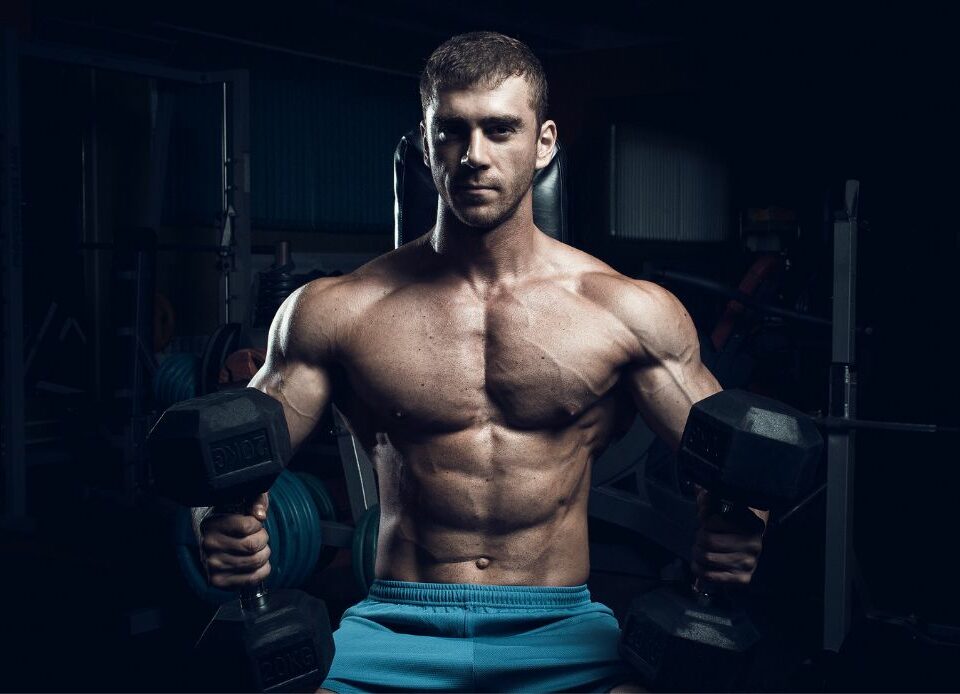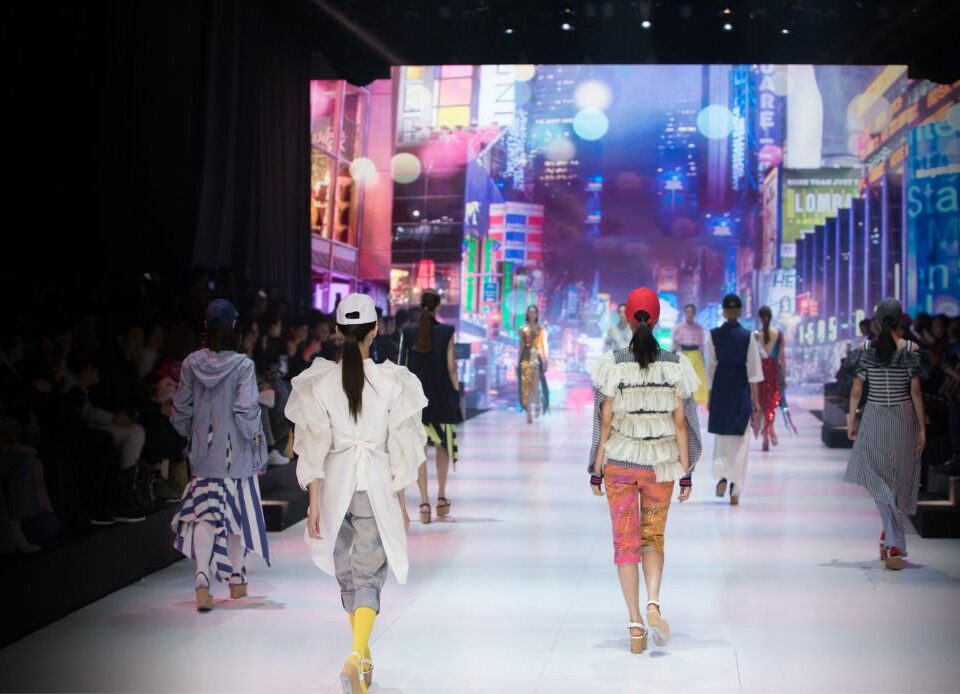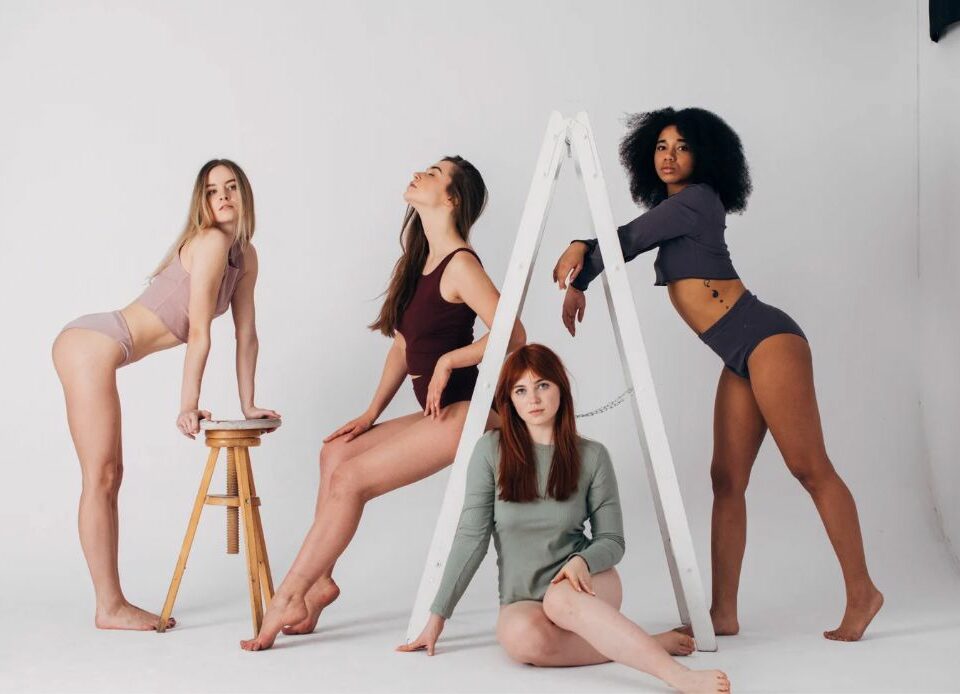Understanding the Model Age Limit in the Fashion Industry

Everything, from the clothes we wear to the models who present them, is subject to the fashion business’s always-altering trends and beauty standards. This includes the models who present the clothes we wear. In the cutthroat world of fashion modeling, the issue of an age restriction has been contentious for a very long time.
The Historical Perspective: The Origin of Age Limit in Modeling
Since the beginning of modeling, using age as a metric has been a common practice. This practice dates back hundreds of years. On the other hand, the imposition of age restrictions on models is a trend that emerged very recently. The fashion industry’s obvious preference for youthful, skinny models led to the establishment of the first age limit in the 1960s. This preference led to the introduction of size restrictions as well. Because models must be between the ages of 16 and 19, it has mostly stayed the same over the years. To be taken seriously in the modeling industry, aspiring top models must still be between 16 and 22.
The Changing Standards: Age Limits for Different Types of Modeling
Although the traditional age limit for high fashion modeling is still in place, the age limits for other types of modeling have become more liberal. Regarding commercial modeling, the age restriction might be increased to anywhere between 25 and 35 years old. Additionally, the age requirement for plus-size models is typically higher, with most models in this category being at least 25 years old. These alterations reflect a growing movement toward age diversity within the industry.
The Positive Impact of Age Diversity on the Fashion Industry
The fashion industry has a new drive for age diversity, which has historically favored younger models. As a result of the realization that attractiveness does not reside solely in its possessor’s youth, many fashion designers and businesses are incorporating older models into their advertising campaigns. The acceptance of older models in the fashion industry has positively influenced the industry’s representation of women and has played a significant role in questioning society’s ideals of physical attractiveness.
The Challenges for Models Over the Age Limit
Despite the growing acceptance of age diversity in fashion, models over the age limit often face challenges. The fashion industry is still largely youth-focused, and models over a certain age may need help finding work. Age discrimination is prevalent in the industry, with many models over 30 finding it challenging to book jobs or even find representation. This age discrimination must be addressed to ensure equal opportunities for models of all ages.
Coping Strategies for Models Over the Age Limit
Models over the age limit can take steps to cope with their challenges. Networking, building relationships with designers and brands, and seeking representation from agencies specializing in older models can help. Additionally, investing in self-care, including maintaining a healthy lifestyle and taking care of one’s appearance, can make a significant difference in a model’s success. These coping strategies can help older models stay relevant and competitive in the fashion industry.
The Role of Body Positivity in Promoting Age Diversity
The movement for body acceptance has played a significant role in making the fashion industry more welcoming to people of all shapes and sizes. This social movement has as its stated goal the acceptance of all body kinds, not just those who conform to conventional beauty norms. By addressing the idea that beauty is only found in young people, body positivity has also been crucial in increasing the representation of people of all ages in the business. Industry diversity and representation across age groups can be improved by broadening the standards of attractiveness.
Influencers of Age Diversity in Fashion
The fashion business has become increasingly accepting of people of all ages. Many models over the age limit have become popular on social media platforms like Instagram, significantly promoting age diversity. More mature models are used in fashion shows and advertising because designers and companies understand the value of including a wide range of ages in their marketing efforts.
Debunking the Myths Surrounding Age in Modeling
Many misconceptions about older models are to blame for ageism in the industry. The idea that models above a certain age are no longer desirable or employable is a widespread misconception. However, many famous models have kept working well into their 40s and 50s, demonstrating that age is no obstacle to fame and fortune in the fashion industry. Models of all ages have something to offer the profession, and we must remember that beauty is ageless.
FAQs
What is the standard age limit for models in the fashion industry?
The standard age limit for models in the high fashion industry is usually between 16 and 22 years old. However, for commercial modeling, the age limit can be extended to 25-35 years, and for plus-size modeling, models are often over 25 years old.
Are there different age limits for different types of modeling?
Yes, there are different age limits for different types of modeling. High fashion modeling typically has a younger age limit, while commercial and plus-size modeling may have higher age limits.
How has age diversity impacted the fashion industry?
Age diversity has positively impacted the fashion industry by promoting inclusivity and challenging traditional beauty standards. Including older models in fashion, campaigns has been instrumental in changing the industry’s representation of women and has helped to expand the definition of beauty.
What challenges do models over the age limit face in the industry?
Models over the age limit may need help finding work in the fashion industry due to age discrimination. Many fashion brands and agencies still prioritize youth, making it challenging for models over a certain age to book jobs or find representation.
What steps can models over the age limit take to increase their chances of success in the fashion industry?
Models over the age limit can take steps to increase their chances of success in the fashion industry. Networking and building relationships with designers and brands, seeking representation from agencies specializing in older models, and investing in self-care and maintaining a healthy lifestyle can all be helpful strategies. It is also essential to stay up-to-date with industry trends and engage with social media to increase visibility.
Conclusion: Challenging Beauty Standards and Promoting Inclusivity
In conclusion, the argument over a mandatory minimum age for fashion models has raged on for quite some time. There has been an increasing movement toward age diversity in the modeling profession. However, there are still obstacles for models over the age limit. Positive changes have occurred in the fashion industry’s portrayal of women due to the use of older models in advertising campaigns. Models of all ages have something to offer the fashion business, and it’s important to keep that in mind as it develops.
Read More: Understanding the Age Limit for Commercial Models





